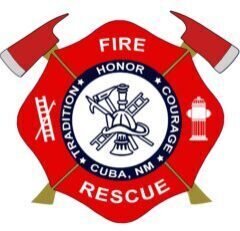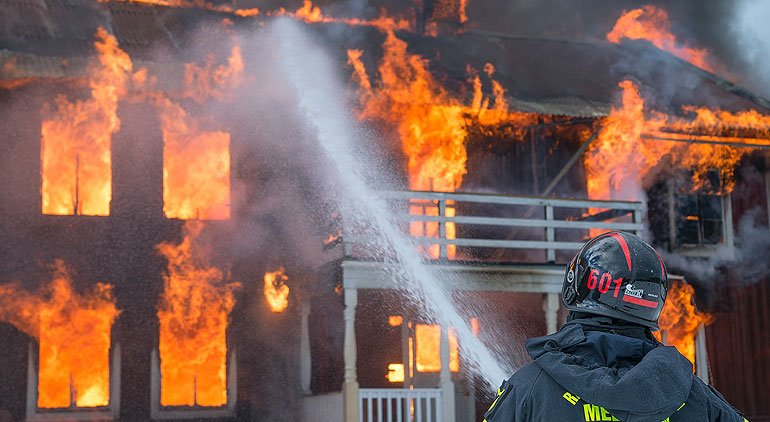Introduction
When a fire breaks out inside a home, every second matters. In rural areas like Cuba, New Mexico, where the nearest help can be miles away, the role of the Cuba Volunteer Fire Department (CVFD) is essential. Structure fires can double in size every minute, quickly overwhelming homes, businesses, and even entire blocks. This blog will walk you through how CVFD firefighters respond to structure fires, the challenges they face, and how their training keeps families safe.
How Fires Spread Inside Homes
Modern homes burn faster than ever due to synthetic materials and open layouts. Within minutes, a small flame can become a flashover, engulfing entire rooms. CVFD responds quickly to prevent flames from spreading beyond the point of origin. Understanding fire behavior is a critical part of their training, allowing them to anticipate dangerous conditions.
What Happens When CVFD Arrives
Upon arrival, firefighters perform a rapid size-up: assessing smoke, flames, building layout, and potential hazards. Water supply is established using hydrants, tenders, or portable tanks—important in rural areas where hydrants are limited. Teams then split into key roles: advancing hoses inside, conducting search and rescue, and ventilating the structure to push heat and smoke upward.
Protecting Families First
Life safety is CVFD’s top priority. Firefighters immediately search for anyone trapped inside, often crawling through dark, smoke-filled rooms with thermal imaging cameras. Rescues are coordinated with EMS crews, ensuring patients receive rapid care once removed from danger. Pets, too, are often rescued alongside family members.
The Role of Teamwork and Training
Every move inside a burning home is a team effort. CVFD volunteers train extensively in both structure and wildland fire tactics. Regular drills teach hose advancement, ladder placement, search techniques, and rapid intervention in case a firefighter becomes trapped. This training ensures that when real fires strike, the department can operate with speed, precision, and safety.
Community Preparedness Matters
Residents can help firefighters by maintaining working smoke alarms, creating fire escape plans, and keeping driveways accessible for emergency vehicles. In rural areas, marking addresses clearly is also critical. The faster firefighters can find you, the faster they can act.
Conclusion
Structure fires are unpredictable and dangerous, but with the dedication of Cuba’s volunteers, families across northern New Mexico have protection they can count on. CVFD’s combination of training, equipment, and community support makes all the difference when seconds count.
Call to Action: Review your family’s fire escape plan today and visit CubaFire.org to learn how you can support or join CVFD.

